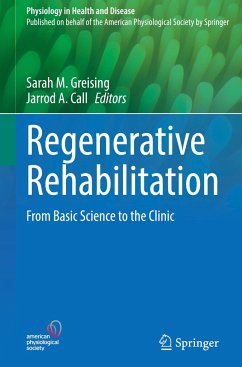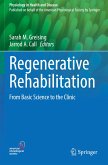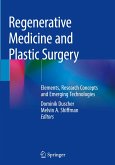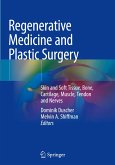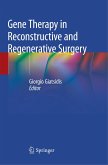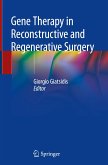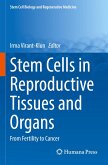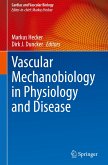This contributed volume presents the current state of research on regenerative rehabilitation across a broad range of neuro- and musculoskeletal tissues. At its core, the primary goal of regenerative rehabilitation is to restore function after damage to bones, skeletal muscles, cartilage, ligaments/tendons, or tissues of the central and peripheral nervous systems. The authors describe the physiology of these neuro- and musculoskeletal tissue types and their inherent plasticity. The latter quality is what enables these tissues to adapt to mechanical and/or chemical cues to improve functional capacity. As a result, readers will learn how regenerative rehabilitation exploits that quality, to trigger positive changes in tissue function.
Combining basic, translational, and clinical aspects of the topic, the book offers a valuable resource for both scientists and clinicians in the regenerative rehabilitation field.
Combining basic, translational, and clinical aspects of the topic, the book offers a valuable resource for both scientists and clinicians in the regenerative rehabilitation field.

